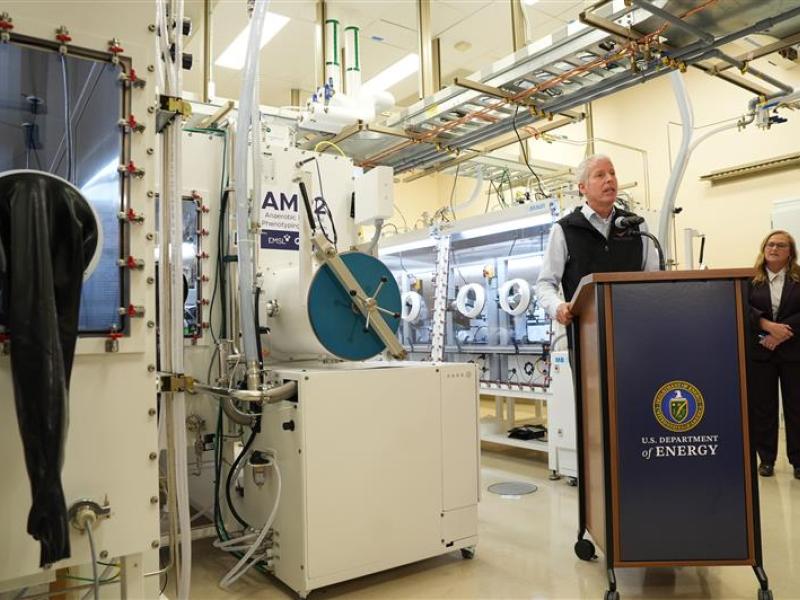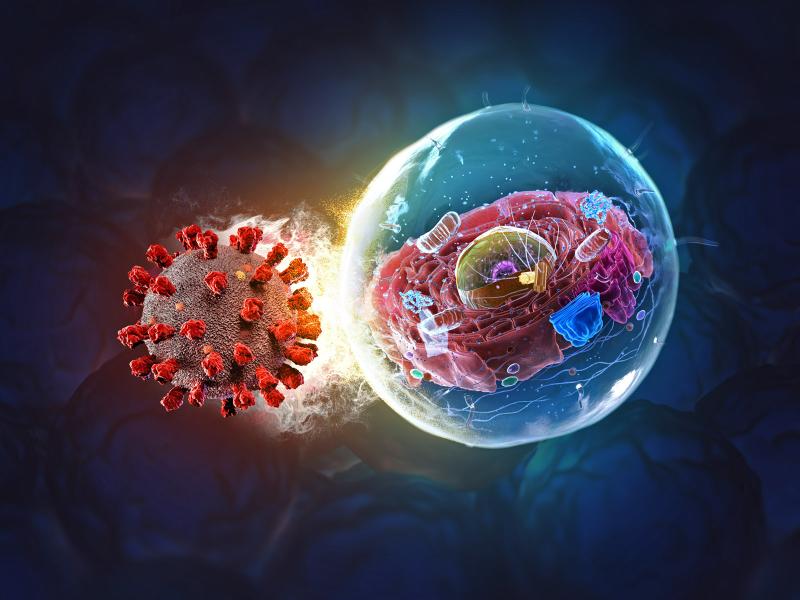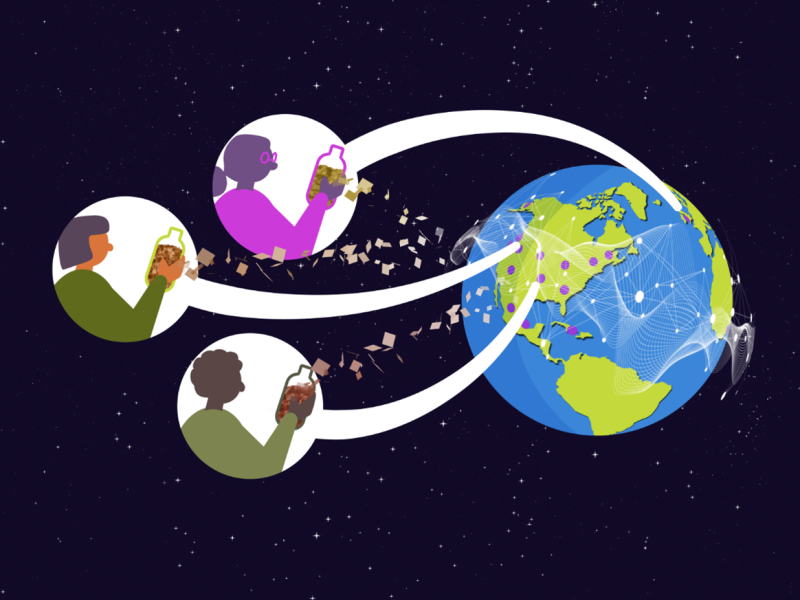
Biology
Biology
Tackling big challenges
by tapping Earth’s
living organisms
Tackling big challenges
by tapping Earth’s
living organisms
Researcher Kristie Oxford preparing to centrifuge virus cultures in order to separate the host cells, which are heavier, from the virions, which are lighter. This “crude preparation” of the virus can be used for experiments to understand how viruses infect cells and how those cells react to defend against the virus.
(Photo by Andrea Starr | Pacific Northwest National Laboratory)
Discovering how biological systems operate can advance energy research and the bioeconomy, generating new ways to optimize bioenergy source materials, advance biomanufacturing, and grow stronger crops. Harnessing the power of these systems can also safeguard the environment, bolster national security, and improve human health.
At Pacific Northwest National Laboratory (PNNL), our biology researchers explore a variety of systems to understand their function and how they respond to change. We then make predictions and even stimulate biological systems to perform valuable functions. Microbial systems, for example, can be used to investigate and advance potential bioenergy sources. By studying the capabilities and responses of these microbes we can predict the conditions that allow us to develop and scale up products used for bioenergy and biomanufacturing.
Predictions based upon biological systems can also affect our understanding and alteration of Earth-energy systems. For example, PNNL researchers explore the intersection of water and land, a mixing zone teeming with microbial systems that morph in response to changes in environmental and atmospheric conditions. By studying soil cores at different times and in different parts of the world, we can align soil quality with past events to make predictions about their future states. Such predictions could identify opportunities to optimize land use or safeguard energy systems.
Our investigations generate reams of data—a cause not for confusion but for celebration as they are explored in so many ways. PNNL researchers use cutting-edge computational approaches, including artificial intelligence applications, to mine this data to study principles that guide what happens in the world every day, all around us.
Put simply, our goal is to design biological solutions that make the world a better place.
We know we can’t do it alone, which is why we partner with other national laboratories, industry, and academia to form complementary teams. At any given time, we have researchers pulling test samples from rivers, extracting soil cores from the earth, testing samples relative to human health, and creating the tiniest of synthetic materials that help us combat some of humanity’s biggest challenges.




